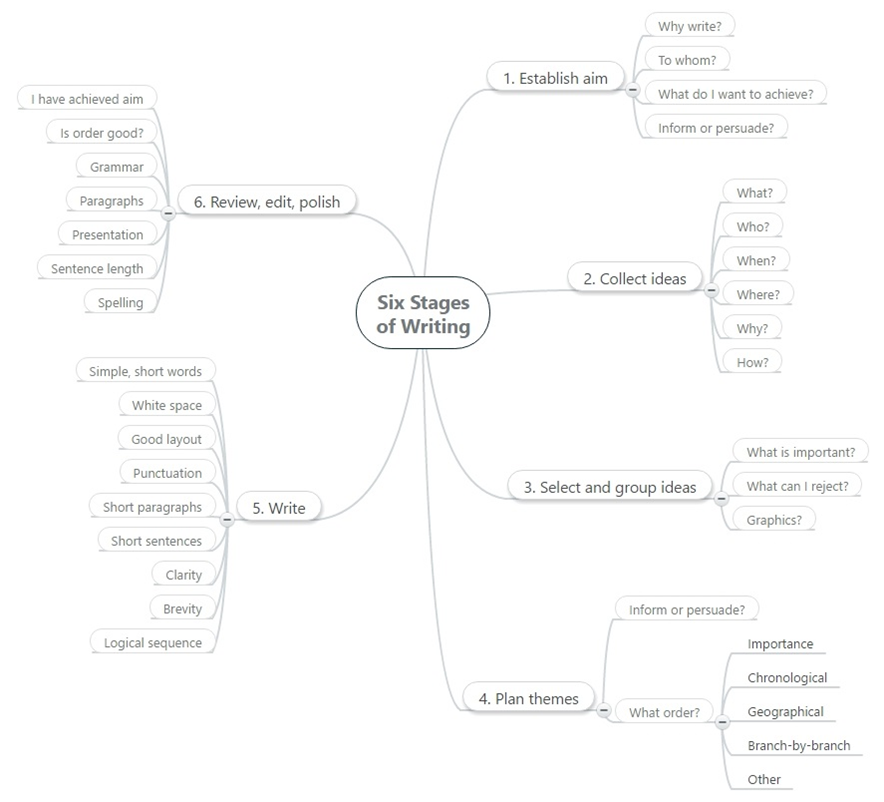ProWrite® – Method
This workshop provides knowledge and skills in order to achieve better effective business writing. Apart from imparting knowledge through lectures and discussions, special emphasis is placed on the various types of writing the participants are challenged with in their daily work.
Participants will work on current challenges in their field of work and thus implement the acquired skills directly, also linked to other fields of knowledge.
Areas we focus on in the workshop are:
- The design and structure of successful texts
- How to write meaningful headlines and eye catchers
- Target focused writing
- Pictorial language
- Rhetorical elements
- How to eliminate “killer words”
- How to write clear, comprehensible and solution-oriented texts
- The structures of persuasive or informing texts
- Creativity strategies
- Contemporary writing styles
- The feature-advantage-benefit model
- Strategic writing with system
- Utilizing tailored exercises and examples from your own business
The ProWrite Workbook explain these skills and clarify, at which point they should be used in the writing process.
The Six Stages of Writing
As a writer, you should be aware that there are six logical stages in the writing process. You will learn how to deploy them quickly. The six steps of writing are explained throughout the course, intensively practices and tested.

- Establish Your Aim
Decide WHY you are writing. This is the foundation stone upon which you will build your document.
- Collect Your Ideas
Be creative and capture any idea that might help you to achieve your aim. You should not be selective at this stage. Note down all ideas that come to you. It is far better to have too many ideas than too few. You can sort them out later. Now pause and check your aim. Have you any more ideas that might help to achieve your aim?
- Select and Group Your Ideas
Decide which of your ideas you will use to achieve your aim. Then group these into themes which will become the paragraphs or sections of your document. Pause and check your aim. If you use these ideas, will you achieve your aim?
- Order Your Themes
Decide in which order you will develop your themes. This will determine the structure of your document and depends upon your aim. Pause again and check your aim. You now have a good outline for your document. If a senior person has to approve your finished document, it could save time later on to seek approval of your outline now.
- Write
This is the mechanical process of writing. If you have completed the first four stages effectively, you can concentrate at this stage on using the correct language, grammar punctuation and layout.
- Review, Edit and Polish
Check that you will achieve your aim and give your document a final polish before sending it off to be read by others.
Workshop methods
- Short lectures
- Writing exercises
- Ongoing individual and group coaching
- Evaluation of the participants Clarity Index (CI) before and after the workshop
Interested? Contact us for more information:
By submitting your request you agree to the processing of your data for the purpose of processing your request (privacy policy and cancellation notice).



